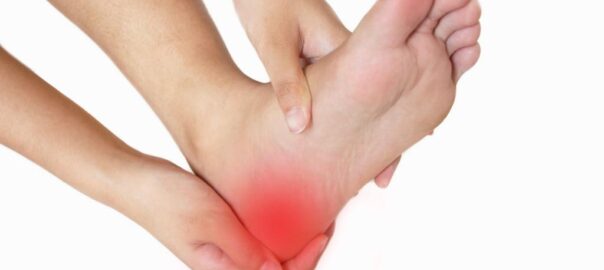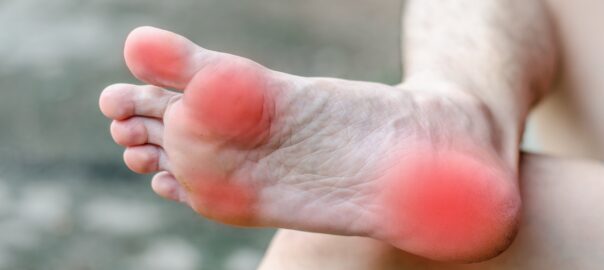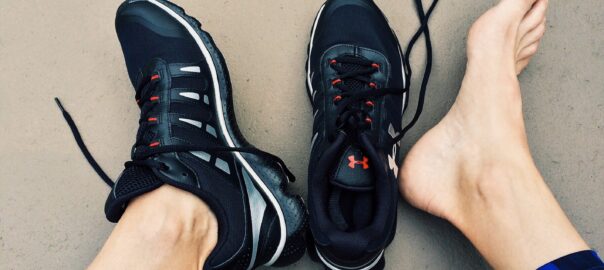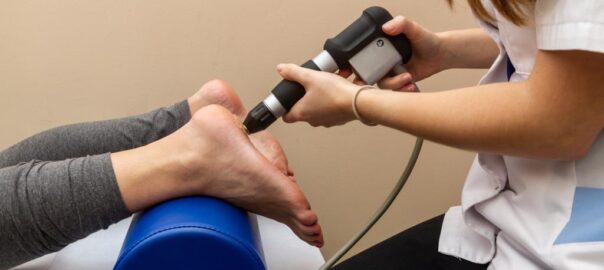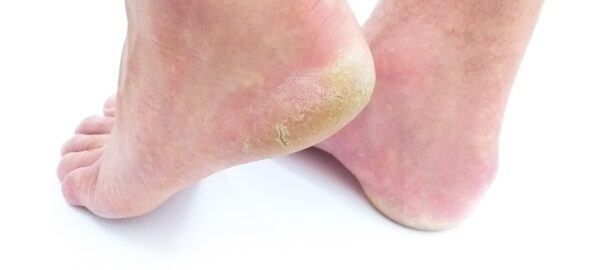Common Causes Of Heel Pain
Heel pain is a common foot problem that can be caused by a variety of factors. Some of the most common causes of heel pain include:
- Plantar Fasciitis: This is the most common cause of heel pain, occurring when the plantar fascia, a thick band of tissue that runs from the heel to the toes, becomes inflamed or irritated.
- Achilles Tendinitis: This condition occurs when the Achilles tendon, which connects the calf muscle to the heel bone, becomes inflamed or irritated.
- Heel Spurs: These are bony growths that develop on the bottom of the heel bone, often as a result of long-term plantar fasciitis.
- Stress Fractures: These are small cracks in the bones of the foot, which can occur as a result of overuse or repetitive impact.
- Bursitis: This is the inflammation of the bursa, a fluid-filled sac that cushions and protects the joints in the body. When it occurs in the heel, it can cause pain and swelling.
- Tarsal Tunnel Syndrome: This is a condition that occurs when the tibial nerve, which runs through a tunnel in the ankle, becomes compressed or pinched.
- Sever’s Disease: This is a condition that occurs in children and adolescents when the growth plate in the heel bone becomes inflamed or irritated.
Other causes of heel pain can include nerve damage, arthritis, and obesity. It is important to see a healthcare provider to determine the underlying cause of heel pain and to receive appropriate treatment.
Please call us to schedule our housecalls podiatrist visit: 312-998-0974





